Why Children's Abdominal Pain Needs Careful Attention
Abdominal pain is a common complaint among children and one of the frequent reasons for visits to doctors or emergency departments. While most causes are not serious and resolve with minimal intervention, some conditions require urgent medical attention. This article explores the common triggers of abdominal pain in children, associated symptoms, approaches to diagnosis, and important guidance for parents and caregivers to help them navigate this often distressing symptom.
Common Causes and Triggers of Abdominal Pain in Children
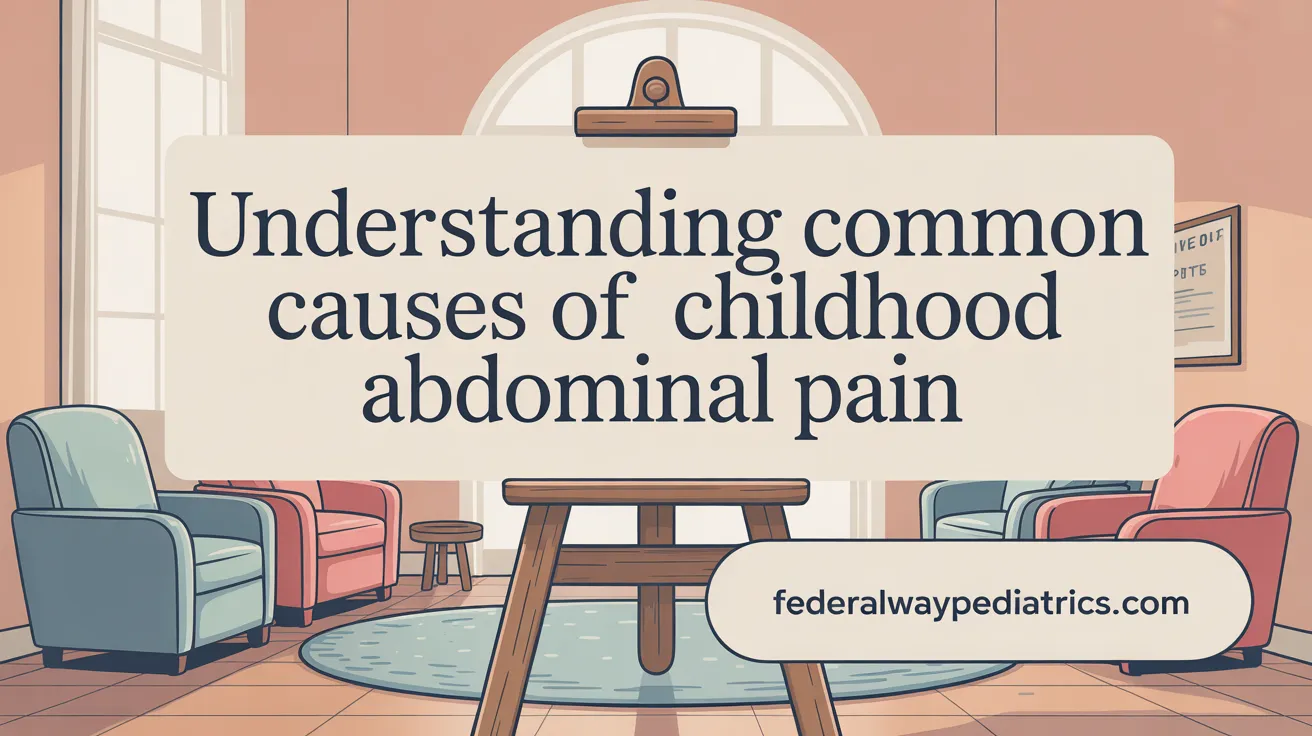
What are the common causes of abdominal pain in children?
Abdominal pain in children can result from a wide range of health issues. Some of the most common causes include gastrointestinal infections like viral gastroenteritis, which often causes symptoms such as stomach cramps, diarrhea, vomiting, and fever. Constipation is another frequent culprit, especially in older children, leading to discomfort and bloating.
Food-related issues also play a large role. Food intolerances, such as lactose intolerance, and food allergies can cause cramping, diarrhea, or general stomach upset. Stress or anxiety are known triggers, leading to stomach cramps and discomfort, often linked to emotional or psychological factors.
Serious conditions requiring prompt attention include appendicitis—a sudden, severe pain starting near the navel and moving to the lower right abdomen—bowel obstructions, urinary tract infections, and gallstones. These issues are typically accompanied by additional symptoms such as fever, persistent vomiting, abnormal stool, or signs of distress.
Some other causes are less serious but common, such as gas, indigestion, or muscle strain from physical activities. In infants, causes like colic, gastroesophageal reflux, and infections are prevalent.
The exact cause depends on factors like the child's age, the exact location of the pain, its intensity, duration, and associated symptoms. For instance, sharp, sudden pain with fever should be evaluated urgently for conditions like appendicitis.
Age-related common causes
In infants and young children, causes such as intussusception, malrotation with volvulus, or congenital anomalies like Meckel diverticulum are notable. Older children and adolescents might experience causes related to reproductive organs, such as ovarian torsion or testicular torsion, especially in teenagers.
In school-aged children, stress-related abdominal pain and functional disorders like irritable bowel syndrome become more common.
Non-serious and serious potential causes
Most childhood abdominal pains are not serious and tend to resolve without special treatment. Common benign causes include indigestion, minor infections, and functional pain related to stress.
However, some causes are potentially life-threatening or require urgent care. These include appendicitis, which often needs surgery; bowel obstruction; and urinary tract or kidney infections. Recognizing symptoms such as worsening pain, fever, blood in stool or urine, and vomiting is vital.
Understanding these causes emphasizes the importance of careful assessment and timely medical evaluation to ensure appropriate treatment and peace of mind for parents and caregivers.
Recognizing Symptoms Associated with Abdominal Pain in Children
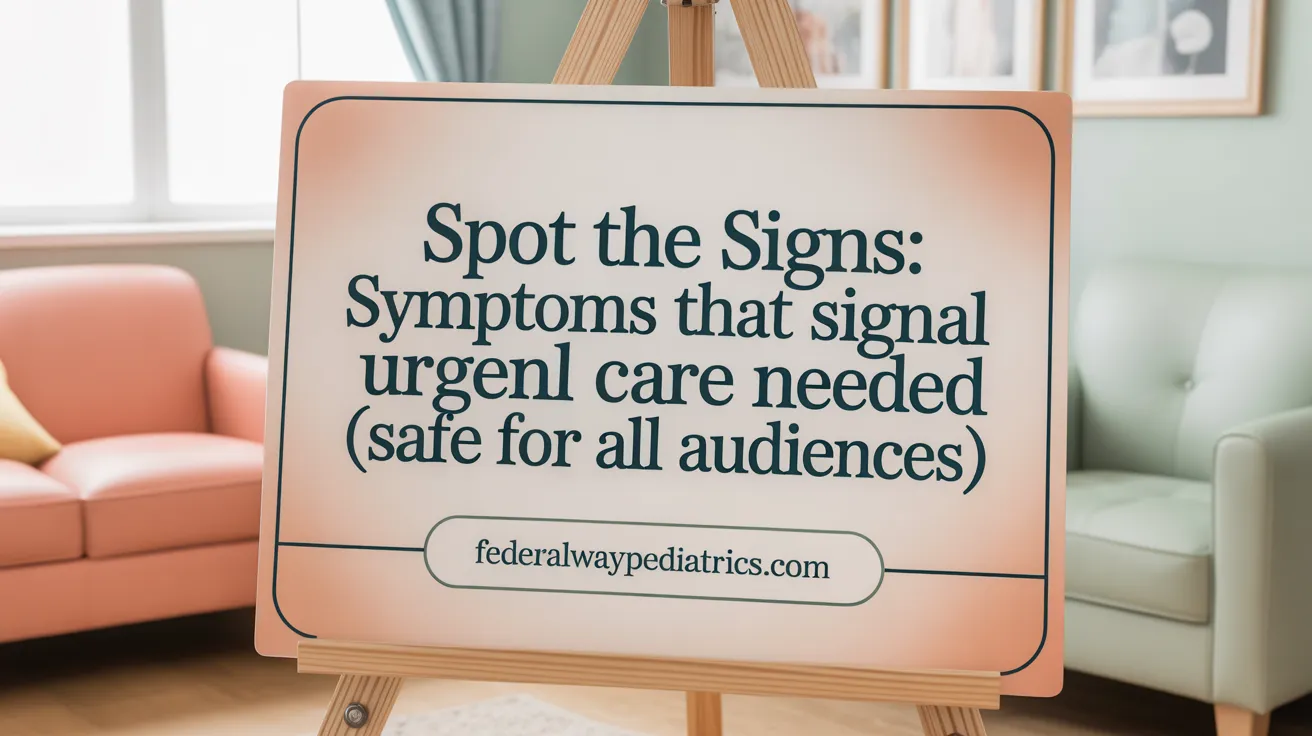
What symptoms are typically associated with abdominal pain in children?
Children experiencing abdominal pain often show several accompanying signs that can help identify the nature and urgency of their condition. Common symptoms include nausea and vomiting, which frequently follow stomach discomfort and may indicate infections like gastroenteritis or more serious conditions such as appendicitis.
Diarrhea, sometimes bloody, along with fever, are also typical signals that an infection or inflammation is present. Changes in bowel habits, including constipation or difficulty passing stool, are very common causes of abdominal pain, especially in older children.
Behavioral signs are particularly noticeable in infants and toddlers. They may cry excessively, draw their legs to their belly, or refuse to feed. Such signs often point to gastrointestinal distress or other serious issues that require prompt attention.
Recognizing these associated symptoms is crucial for determining whether the child's condition warrants urgent medical assessment. When combined with the description, onset, and location of the pain, these signs can guide health care providers in diagnosing the cause and deciding on appropriate treatment.
Diagnostic Approach to Abdominal Pain in Children
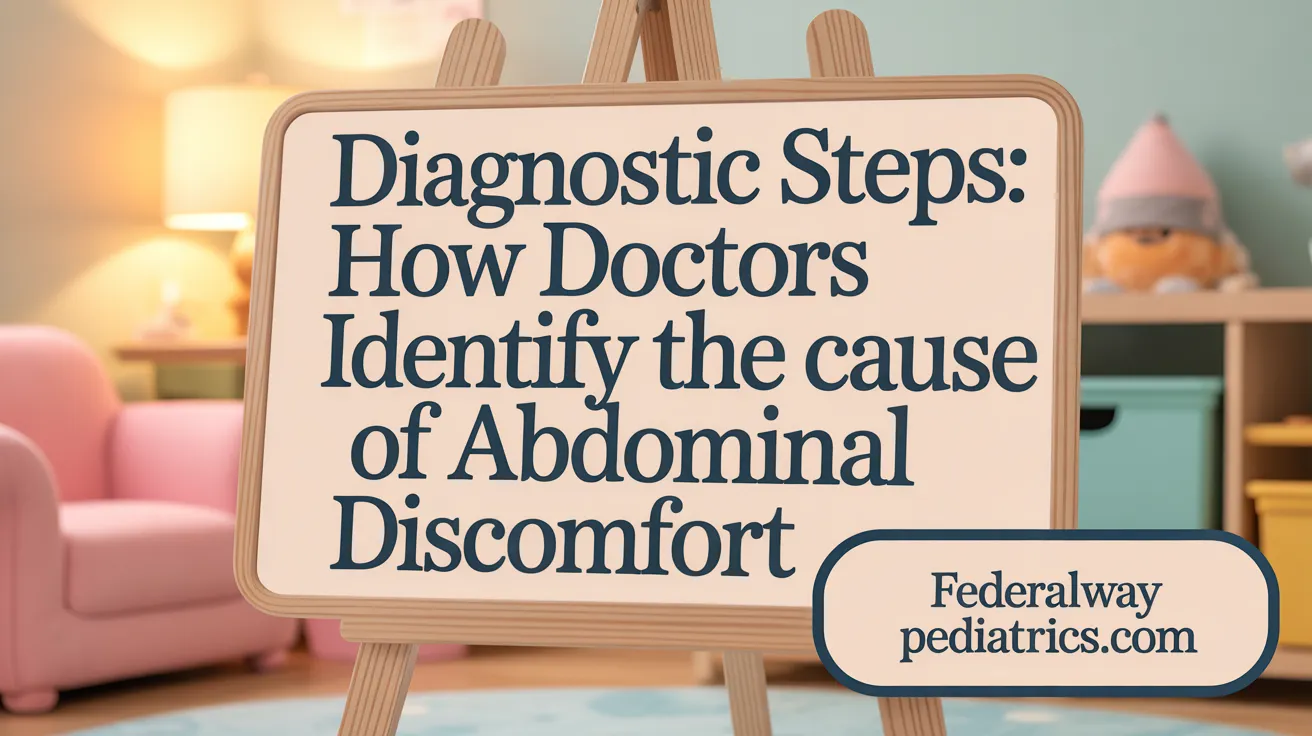 When a child presents with abdominal pain, a thorough diagnosis process is essential to identify the underlying cause and determine appropriate treatment.
When a child presents with abdominal pain, a thorough diagnosis process is essential to identify the underlying cause and determine appropriate treatment.
The evaluation starts with a detailed medical history. Healthcare providers ask about the onset, duration, and nature of the pain—whether it's sharp, dull, constant, or intermittent. They also inquire about associated symptoms like nausea, vomiting, diarrhea, constipation, fever, or behavioral changes. Asking about recent injuries, dietary habits, and family health history helps narrow down potential causes.
Physical examination is the next crucial step. It involves checking vital signs such as temperature and heart rate to assess overall health. The doctor carefully examines the abdomen for tenderness, swelling, guarding, or rebound tenderness, which can suggest more severe conditions like appendicitis or bowel perforation. The location of the pain is also noted; for example, right lower quadrant pain might indicate appendicitis.
Laboratory tests play an important role in the diagnostic process. Common investigations include:
| Test | Purpose | Additional Notes |
|---|---|---|
| Complete blood count (CBC) | Detect infection or inflammation | Elevated white blood cells may suggest appendicitis or infection |
| Urinalysis | Identify urinary tract infections | Presence of blood or bacteria points to UTIs |
| Pregnancy test | Rule out pregnancy-related causes | Important in adolescents, especially females |
| Stool tests | Detect infections or blood in stool | Helps diagnose gastroenteritis or gastrointestinal bleeding |
Imaging techniques are vital for visualizing internal organs. Ultrasonography is typically the first choice because it is safe, non-invasive, and effective in detecting conditions like appendicitis, intussusception, or ovarian torsion.
Other imaging options include:
| Modality | Use | Advantages |
|---|---|---|
| X-ray | Detect bowel obstructions, foreign bodies | Quick and accessible, helpful for bowel gas patterns |
| CT scan | Detailed imaging of abdominal organs | Used if ultrasound results are inconclusive or for complex cases |
| MRI | Detailed soft tissue imaging | Safer for repeat investigations, no radiation |
Signs that indicate a surgical emergency include persistent severe pain, abdominal rigidity, rebound tenderness, vomiting that is bilious or bloody, fever, and signs of bowel obstruction. Immediate medical attention is required if such signs are observed.
Overall, diagnosing abdominal pain in children involves integrating the clinical picture with targeted investigations. The goal is to identify serious conditions early, ensuring prompt treatment and preventing complications.
Knowing When to Seek Medical Attention for a Child’s Abdominal Pain
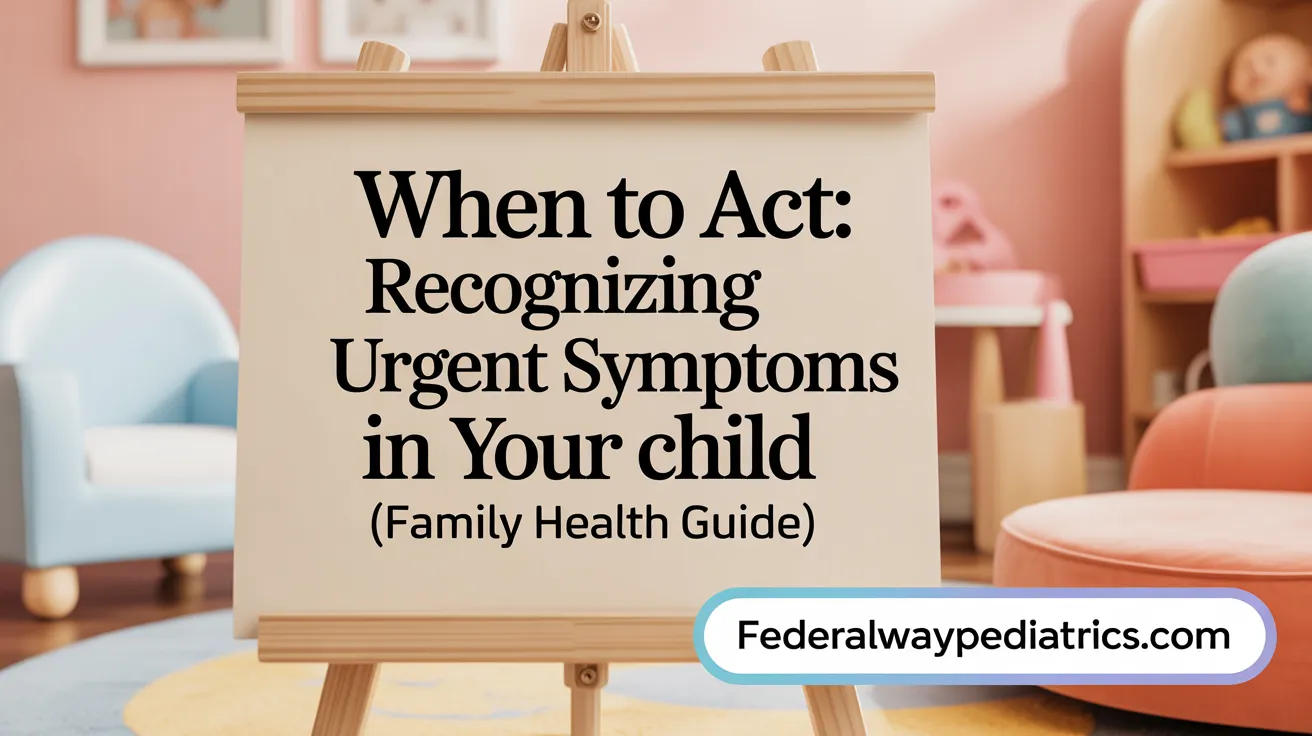
When should parents seek medical attention for a child experiencing abdominal pain?
Parents should be vigilant when their child has abdominal pain that is severe, persistent, or worsening. If a baby under 3 months experiences diarrhea or vomiting alongside abdominal discomfort, immediate medical care is essential.
Signs such as the inability to pass stool, especially with vomiting, intense, sudden pain, or the presence of blood in vomit or stool indicate urgent need for professional help.
A rigid or swollen abdomen, along with symptoms of dehydration like fewer wet diapers or sunken eyes, also warrant prompt evaluation.
Children that appear very unwell — showing lethargy, difficulty breathing, or a pale, sweaty appearance — need immediate assessment.
Trauma to the abdomen, localized pain in the lower right area suggestive of appendicitis, or ongoing vomiting with high fever, are strong reasons to seek urgent care.
In summary, any severe, persistent, or worsening pain or signs of serious illness should prompt parents to consult healthcare providers promptly. Quick action ensures proper diagnosis and treatment, especially in young infants and in cases of suspected surgical emergencies.
Common Non-Serious Causes and Management Strategies for Abdominal Pain in Children
What are some common benign causes of abdominal pain in children?
In children, many episodes of abdominal pain are caused by non-serious issues that often resolve on their own. Indigestion, caused by eating too much or consuming spicy or greasy foods, can lead to discomfort in the upper abdomen. Constipation is another frequent cause, especially in older children, resulting from a diet low in fiber or insufficient fluid intake. Excess gas often results from swallowing air while eating or drinking, or from certain foods that produce intestinal gas.
Children suffering from colic, particularly infants, experience episodes of paroxysmal crying and drawing their knees to their stomach, relieved by passing stool or gas. Functional abdominal pain, linked to stress or emotional factors, is common in school-age children and tends to be recurrent but not associated with serious disease.
How can home care help manage mild abdominal pain?
For mild and non-worrisome abdominal discomfort, simple home remedies can provide relief. Ensuring adequate hydration is crucial; offering water or clear fluids can help soothe the gastrointestinal tract. Resting and avoiding vigorous activity can also decrease pain episodes.
Dietary adjustments, like eating bland foods—such as toast, bananas, rice, and applesauce—may reduce irritation. Applying a warm compress or heat pad to the abdomen can help relax muscles and lessen pain.
Over-the-counter pain relievers like paracetamol (acetaminophen) can be used, following dosing instructions, to alleviate discomfort. It’s essential to monitor symptoms and ensure the child is eating and drinking enough.
When should caregivers consider treatment or watchful waiting?
Most cases of mild abdominal pain improve within hours or days without extensive medical intervention. Close observation is advised, especially to see if the pain subsides or worsens.
Treatment becomes necessary if symptoms persist beyond a couple of days, or if new warning signs appear. These include severe pain, persistent vomiting, blood in stool or vomit, fever, difficulty urinating, or signs of dehydration.
If pain is recurrent and no initial cause is found, or if pain impacts daily activities, consulting a healthcare provider is recommended. Prompt evaluation ensures that more serious conditions are ruled out and appropriate care is initiated.
What should parents and caregivers know about abdominal pain in children?
Parents and caregivers should understand that abdominal pain can stem from various causes, many of which are harmless and temporary. Recognizing warning signs such as sudden severe pain, fever, blood in stool or vomit, or pain that worsens over time is crucial for prompt medical attention.
Most mild cases can be managed with reassurance, proper hydration, rest, and dietary modifications. However, persistent or severe symptoms require medical assessment to exclude serious conditions like appendicitis or infections.
Maintaining close communication with healthcare professionals ensures early diagnosis and treatment, helping children recover quickly and safely. Proper vigilance and timely intervention are essential in safeguarding the child's health while avoiding unnecessary anxiety or medical procedures when the cause is benign.
Age-Specific Considerations and Rare but Important Triggers of Abdominal Pain
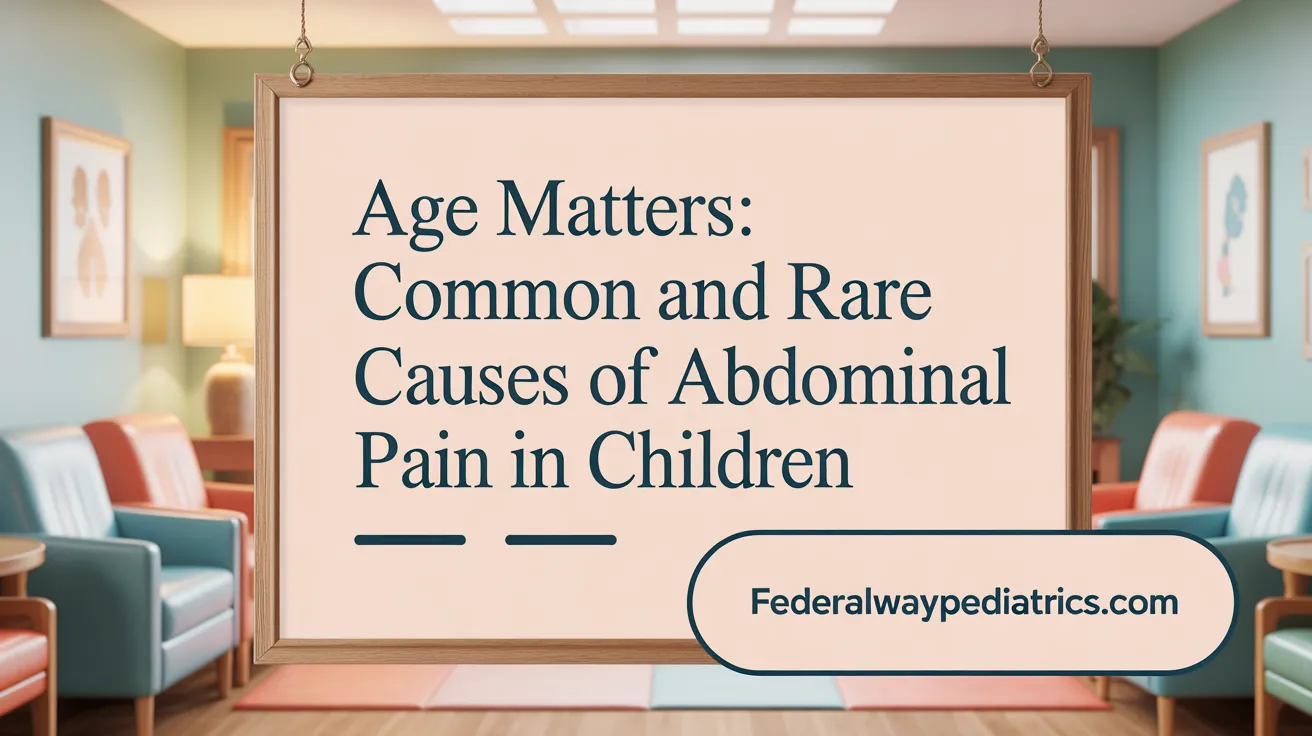
How do causes of abdominal pain differ across childhood stages?
Children experience different common causes of abdominal pain depending on their age. In infants, conditions like intussusception—where part of the intestine slides into another section—and congenital anomalies such as malrotation with volvulus are more prevalent. Toddlers often suffer from conditions like colic, gastroesophageal reflux, and early signs of infections.
As children grow into adolescence, reproductive organ issues become more prominent triggers. For example, ovarian torsion and testicular torsion are urgent causes of pain in girls and boys, respectively. Ectopic pregnancy, though rare, is a concern for older girls with abdominal pain, especially if they are sexually active.
Examples of age-specific conditions
- Infants and Toddlers: Intussusception, Meckel diverticulum, malrotation, inguinal hernias.
- School-age children: Constipation, urinary tract infections, viral gastroenteritis.
- Adolescents: Ovarian torsion, testicular torsion, early pregnancy complications.
Less common but serious causes to be aware of
Apart from age-specific conditions, some serious causes can affect children of any age. These include appendicitis, which is a common surgical emergency with symptoms starting around the belly button and then moving to the lower right abdomen.
Other rare, yet critical causes include abdominal trauma leading to hemorrhage or bowel perforation, and rare infections such as parasitic diseases or infections related to lead poisoning. It’s vital for caregivers and healthcare providers to recognize symptoms like severe pain, fever, or signs of distress that could indicate these dangerous conditions.
| Condition | Typical Age Group | Warning Signs and Notes |
|---|---|---|
| Intussusception | Infants and toddlers | Sudden episodes of crying, vomiting, palpable abdominal mass |
| Ovarian torsion | Adolescents | Sudden severe pelvic pain, nausea, require urgent diagnosis |
| Appendicitis | All ages, common in school-age | Gradual onset, pain moving from middle to right lower belly |
| Bowel obstruction | All ages | Vomiting, inability to pass gas or stool |
| Lead poisoning | Toddlers and young children | Abdominal pain, irritability, behavioral changes |
Understanding these age-specific differences and recognizing rarer causes helps ensure timely diagnosis and treatment, preventing complications and ensuring the child's health and comfort.
Supporting Children Through Abdominal Pain: When to Worry and How to Help
Understanding the common triggers and symptoms of abdominal pain in children equips parents and caregivers to better respond to this frequent concern. While many causes are minor and self-limited, recognizing signs of serious illness — such as persistent severe pain, fever, vomiting, or changes in behavior — is vital to ensuring timely medical care. A thorough diagnostic evaluation often includes clinical history, physical examination, laboratory tests, and imaging to accurately identify the cause and guide treatment. Providing comfort measures, ensuring hydration, and monitoringsymptoms at home are important, but never hesitate to seek professional advice when in doubt. Vigilance combined with knowledge can ease the child's discomfort and safeguard their health as they recover.
